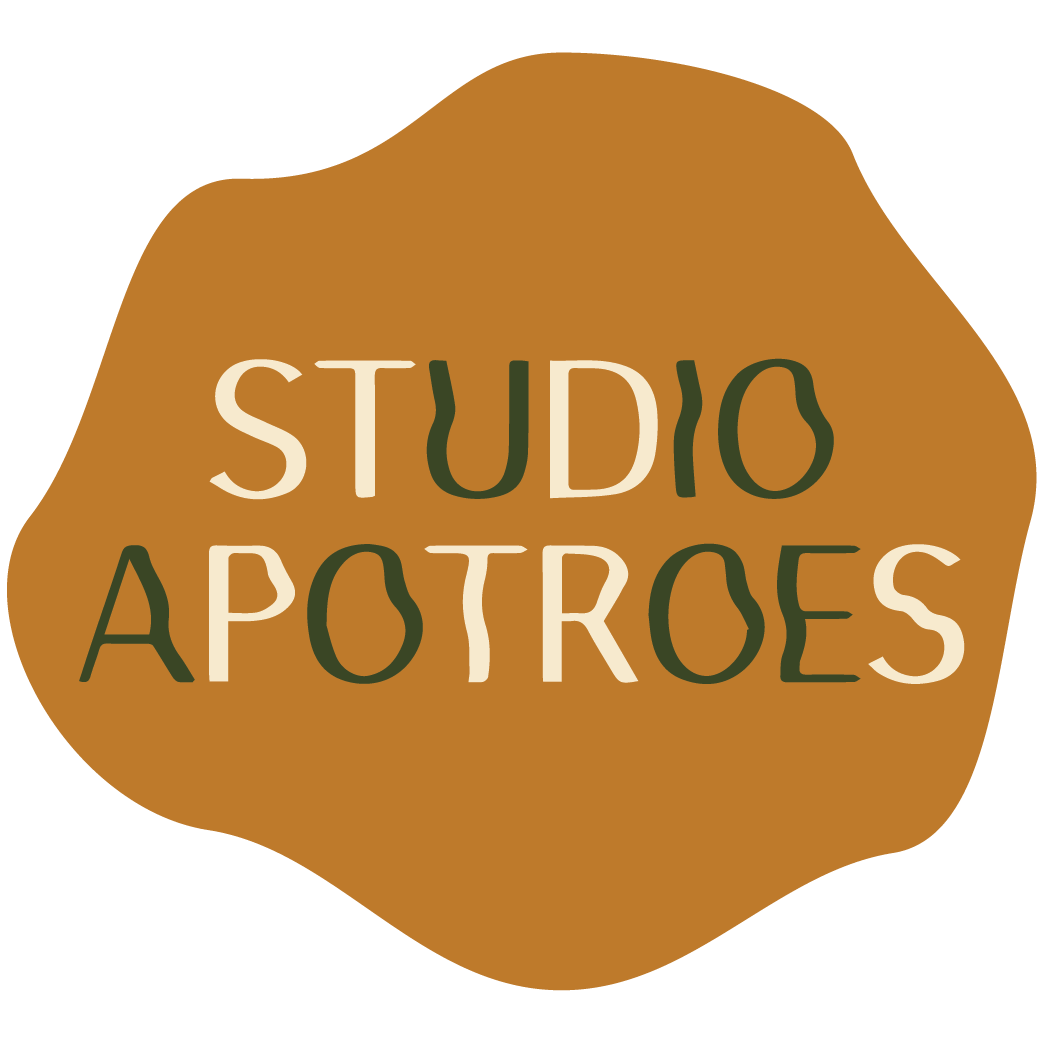
Sometimes I just get an idea for something and it gets stuck in my head until I execute it. I’ve always been curious about the world, specifically the plants on the planet. I want to know them and their story, but I also want to know what they can do and if they’re edible. If so what do they taste like? I’m kinda on this fermentation kick right now. It’s a timeline you get to eat. It’s dynamic and ever evolving, and I think that’s beautiful. Enter figckles.
There’s a fig tree at my great grandmother’s house. I pass a fig tree every week. I see its changes over time, from flower to fruit. Once you pick figs they stop ripening (if you pick them green) but they don’t all ripen by the end of the season. I got to wondering what happened if you lactofermented the semi ripe figs or even the baby ones? Would they soften? Would they be edible? Would they be tasty??? Lacto-fermenting is easy and low-effort (really low risk, high reward). I decided to try it, I didn’t have much to lose. The figs were free; I already had salt, a scale, and a jar. I could make a little weight to keep them pressed down. So one day I harvested some figs, just enough to fit to this small jar. I picked mostly those that were avocado ripe (firm with a little give), except one that was young and hard. I brought them back and did a quick rinse of them under cool water since these were an urban forage and I wanted to remove the latex. I weighed them to calculate how much salt I needed, only 3 grams but I accidentally added too much (5g). I was going to leave them whole but I was worried that they wouldn’t ferment as well and I was following the instructions in the noma guide to fermentation (I must admit my first attempt to lacto ferment DID NOT go well, but that was in the Boston days IYKYK). So I quartered all of the figs except the small rocky one, because again I was curious but also apprehensive.

After I quarted them I put them back in the bowl, added the salt, and tossed/mixed them together to make sure they were well coated. Then I put them in the jar and added my diy weight. I didn’t have anything really that fit in this and last time I tried using the zip lock bag method in the noma guide my bag burst. Long story short, I was scarred. Instead I used an old spice jar, filled that with water, and placed that in a clean ziplock bag. I stuff it in the jar and pressed down my quarted figs, then made sure it was well sealed by screwing the lid back on. I set it on my new shelving unit (coming soon to the studio apotroes site), and let it sit for a week. I burped (opened it to let the gas escape) the jar every-ish day. I finally shared them with some friends at a pickle picnic! (This is simply a picnic that everyone needed to bring a pickled/fermented thing to share.) I hadn’t tasted these before I brought them but they were a hit! They’re like olives but floral and sweet? I imagine these would be a really interesting sub in a martini or anywhere you normally use olives. Honestly I might chop some up and make some salmon cakes.




